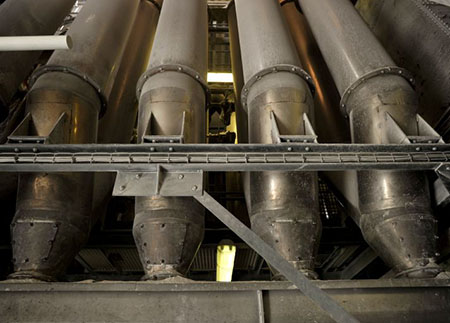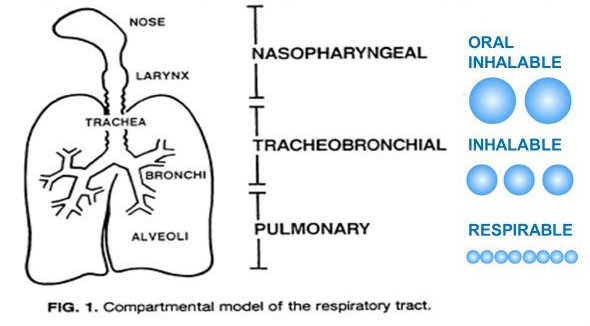Home | Regulations & Compliance | Workplace Restrictions
Workplace Restrictions
The following workplace exposure limit values (OEL or TLV) are in place for one or more forms of Antimony:
| Country | Occupational exposure limit | Maximum exposure time | Document number–Date | Title |
|---|---|---|---|---|
| UK | 0.5 mg/m³ | 8h TWA | Second edition - 2011 | Antimony and Antimony compounds |
| German MAK-Commission | 0.006 mg/ m³ (expressed as respirable Antimony) | 2018 | Antimony trisulfide (respirable fraction) | |
| Finland | 0.5 mg/m³ | 8h TWA | 2016 | Antimony and Antimony compounds |
| Belgium | 0.5 mg/m³ | 8h TWA | 2014 | Antimony and Antimony compounds |
| France | 0.5 mg/m³ | 8h TWA | 2016 | Antimony and Antimony compounds |
| Sweden | 0.25 mg/m³ | 2011 | Antimony and Antimony compounds | |
| US NIOSH and OSHA | 0.5 mg/m³ (in progress to be reviewed to 0,02 mg/m³) | 8h TWA | 2007 | Antimony and Antimony compounds |
| Australia | 0.5 mg/m³ | 8h TWA | 2018 | Antimony and Antimony compounds |
| Japan | 0.1 mg/m³ | 8h TWA | 2013 | Antimony and compounds (as Antimony except Stibine) |
| China | 0.5 mg/m³ | 8h TWA | 2007 | Antimony and Antimony compounds |
Monitoring evidence demonstrates that the historical occurrence of pneumoconiosis caused by the excessive exposure of workers to fine particles of Antimony substances is no longer current, and the efficacy of the workplace limits in place.
The 2017 NTP inhalation studies on Antimony trioxide have prompted various agencies to revise the existing limits and calculate new ones, starting from the lowest dose having triggered adverse health effects (0.3 mg/m³ of respirable (< 7 µm) Antimony trioxide).
For example, in January 2017, the American Conference of Governmental Industrial Hygienists (ACGIH), proposed a recommended threshold limit value (TLV®) of 0.03 mg/m³ for Antimony trioxide in respirable particulate matter. Following the response from i2a on the Draft Documentation accompanying the revised TLV, in January 2018 ACGIH decided to put all Antimony substances on their ‘Under Study’ list (meaning that the TLV revision has been paused and will not be reactivated before 2019 at the earliest). In 2019, a revised TLV has been proposed by ACGIH, which i2a has again been questioned both in terms of scientific robustness and regulatory relevance.

© AMG Antimony
In May 2018, a new occupational exposure limit (OEL) of 0.006 mg respirable Antimony/m³ for Antimony trioxide and Antimony trisulfide was published on the German BAuA webpage, as part of the German TRGS 900 (Technical Rules for Hazardous Substances). Similarly to the 2017 ACGIH value, the recent German value is to be measured against much smaller, respirable, fractions of Antimony normally present on a workplace (the OEL of 0.5 mg/m³ in place in various jurisdictions is to be measured against inhalable sizes of Antimony).
The move towards a respirable OEL gives recognition to the condition that the adverse effects caused by Antimony in the lungs are most probably mediated by alveolar toxicity, whereby only respirable sizes can reach alveoli.
Cf. our dedicated section on ‘Workplace Monitoring’ in our Library, for best practice recommendations relevant for the workplace.

Pulmonary deposition regions
